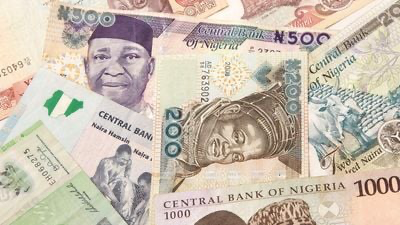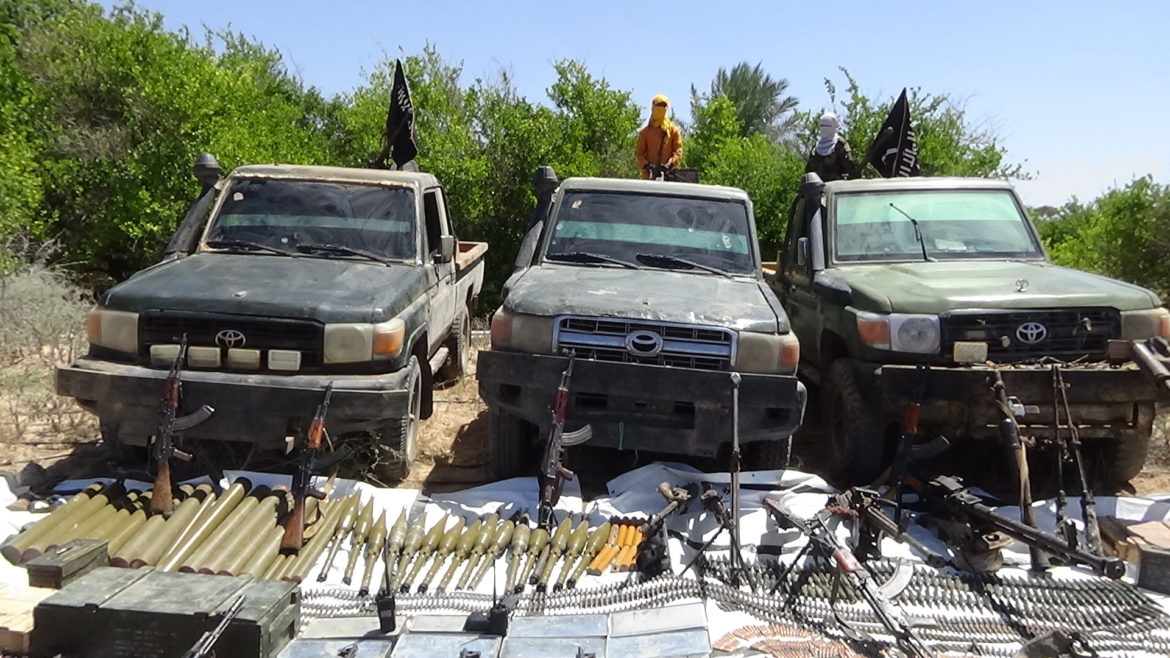Share the post "How Africa states’ indebtedness, collapsing Currencies could be fixed.."
Highly indebted African countries are facing stark trade-offs between servicing expensive debt, supporting high and growing development needs, and stabilizing domestic currencies, Government debt has risen in at least 40 African countries over the past decade, As a result, some are experiencing a bad combination of high debt, elevated development spending needs amid budget shortfalls, and unfavorable exchange rate pressures….
These issues have become more pressing since 2022, when persistently high inflation prompted major central banks around the world to embark on the most aggressive monetary tightening campaign in decades. Monetary policy tightens when central banks raise interest rates, Since then, global interest rates have climbed even higher, triggering a jump in repayments on external loans and adding to debt burdens accumulated over the last decade.
In addition, some countries with worsening debt situations have endured large exchange rate depreciations and struggled to stabilise the value of their domestic currencies, My perspective, shaped by years of researching Africa’s development challenges, is that this presents many countries with a triple set of dilemmas that’s not easy to navigate. Tackling any of one of these issues imperils the others.
Here are some examples:
- stemming the rise in public debt and containing exchange rate decreases would make it more difficult to meet bigger public spending needs
- pushing for lower public debt while supporting extra spending risks putting more strain on domestic currencies
- prioritizing higher spending needs and easing currency strains runs the risk of inviting extra government debt.




